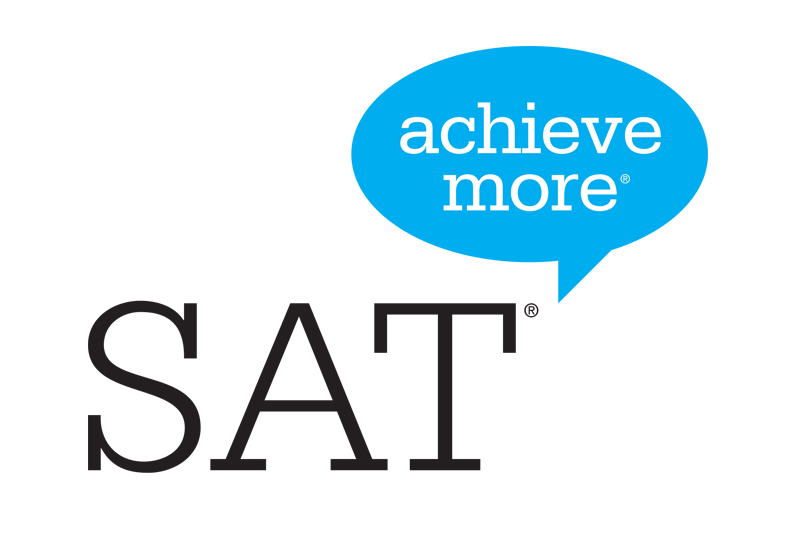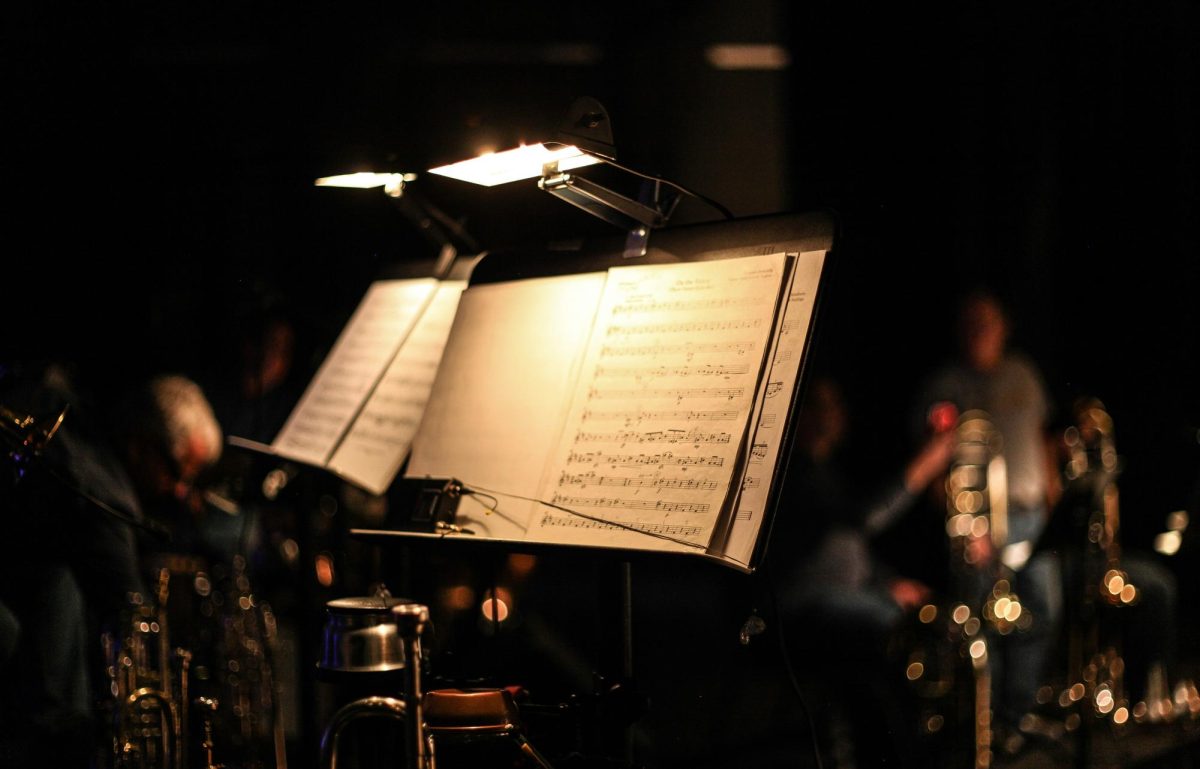SAT Study Tips
January 31, 2019
The SAT or Scholastic Assessment Test is a standardized test widely used for college admissions. It is written by the College Board, a private nonprofit organization. The test’s intent is to assess the readiness of students for College and Universities.
It is typically taken by juniors and seniors in high school and measures the literacy, numeracy, and writing skills of the test taker, with scores ranging from 400-1600 and the highest score possible is 1600 (Reading/Writing 200-800 and Math 200-800). Furthermore, the test is administered under a certain time limit that accentuates how tortuous the exam is.
Understanding and preparing for the SAT is one of, if not the hardest part of the required exam. An SAT study plan is not a one size fits all, so these are some varying study tips according to students who did extremely well on the exam here at Mountain Ridge.
Ethan VanderVeur, a senior at Ridge, scored a 1480 on his SAT. His methods included looking over the curriculum. The curriculum is a general guide provided by the College Board to direct you on the test, so when time arrives you are not completely clueless. Online resources such as khan academy and other accredited online sites helped him greatly. He also stressed how important it was to study with a group, which provided social and academic time between you and your friends.
Mark Danciu, senior, took a different approach to the exam. His score was 1490 and he gives credit to the review books and all the practice tests done. He took at least 15-30 minutes a day to study two months before the test. He managed to balance AP classes and the exam by doing his homework on the weekdays, then focusing on SAT practice during early morning weekends. He didn’t use a tutor since he found the concept unhelpful.
Amay Shah, senior, managed to do both methods and scored a 1470; he took Kaplan class in Scottsdale but would not recommend it since it didn’t seem to him to effectively direct him on the exams. He also used online resources such as googling the College Board to fully understand the curriculum. Additionally, he used books to do practice tests since the College Board study books derive questions from old SAT tests. He also handed down a life hack of taking the time to go to Barnes and Noble and study there so you won’t have to purchase a book that you only use once. He encourages reading the questions before the passage, so the passage is more clear on what you are trying to find. Shah found group situations as a good study tool as well.
These three seniors also suggest taking AP Language and Composition, since the class greatly helped them during the English section. They also give great credit and praise to Mrs. Splitek, who taught junior AP English but is no longer at Ridge, because the assignments and work from that class genuinely helped on the SAT during the writing section. Pre-Calculus is also a great class to take that will greatly assist with the math section of the exam.
Doing the SAT practice in fragments is also a good suggestion since cramming it doesn’t 100% guarantee you will retain the information when the time comes. It is also recommended to take the test twice so you can have a good comparison of the tests and know what to study better. A good night sleep 9 hours or more the night before the test and a good breakfast the day of is also recommended.
As observed, these students took different methods into receiving the score they got; one should use the study techniques that are most fitting to you and your own set of skills.





